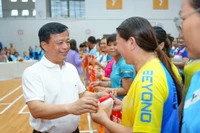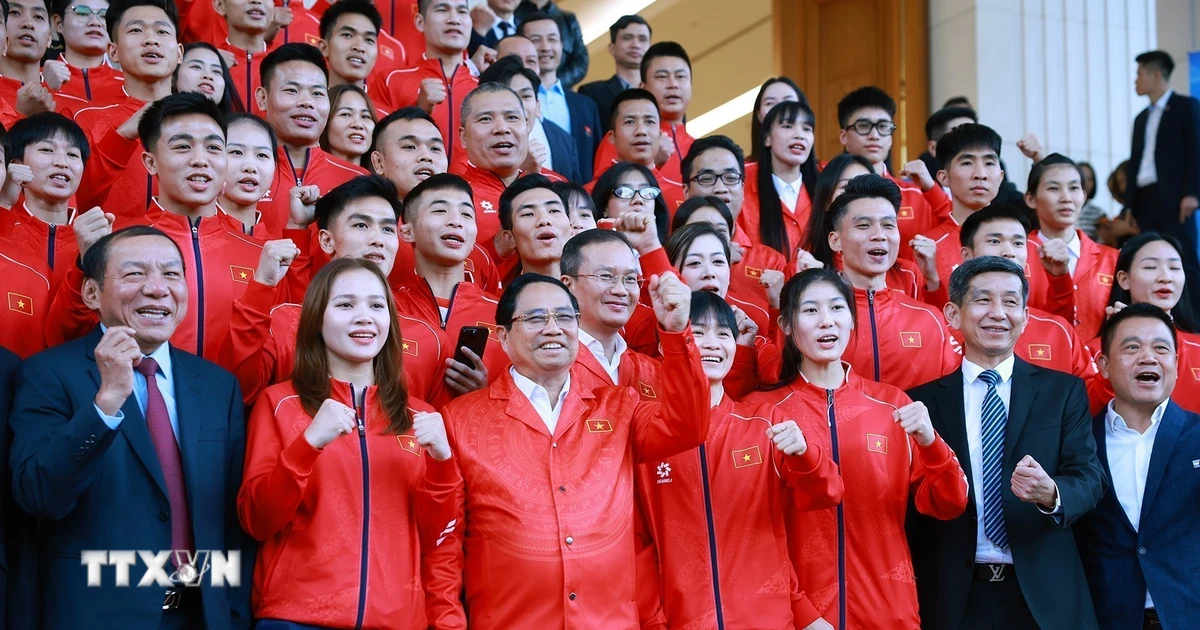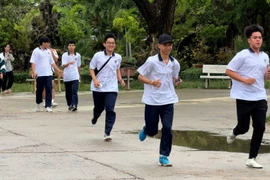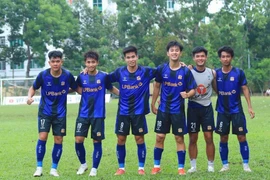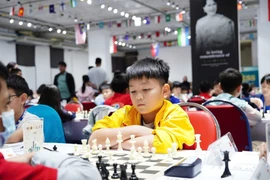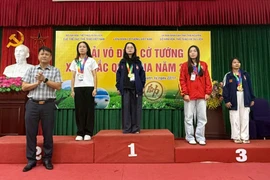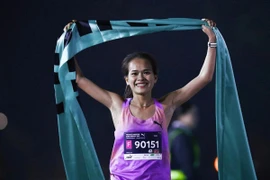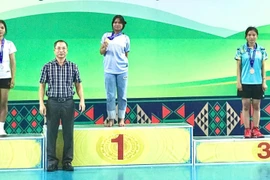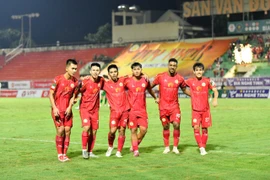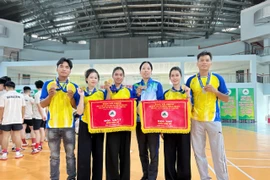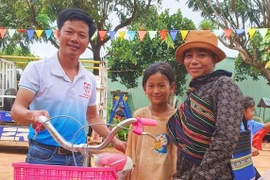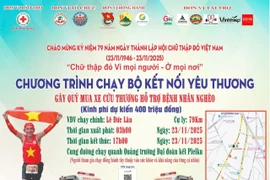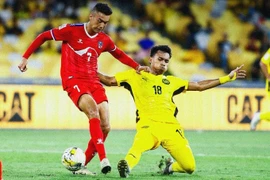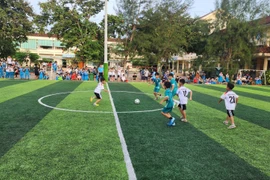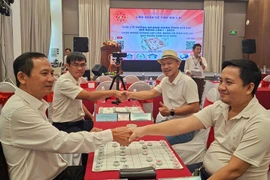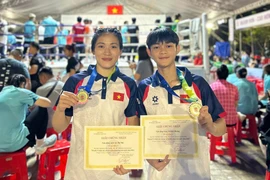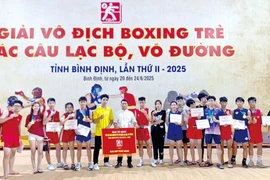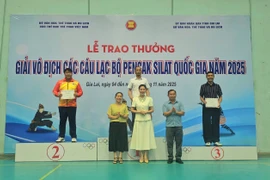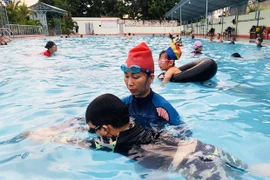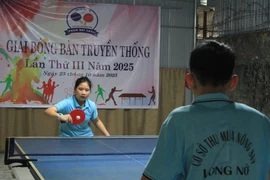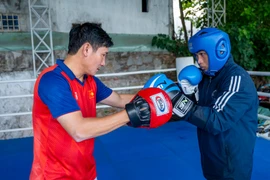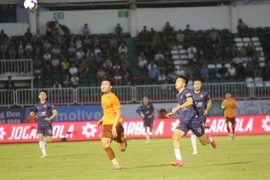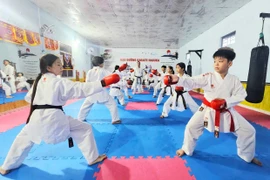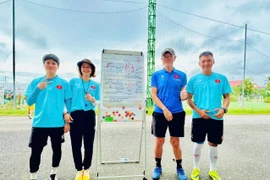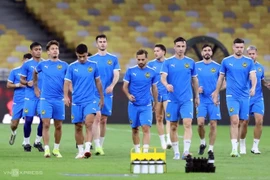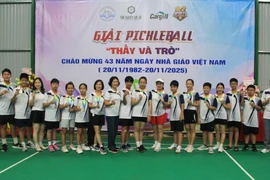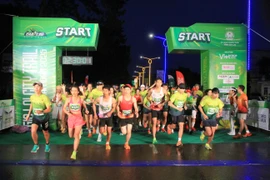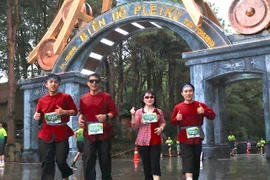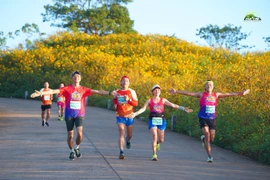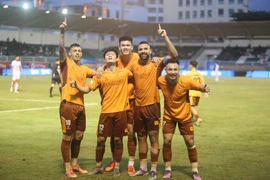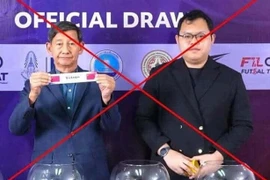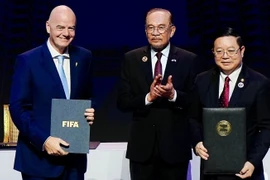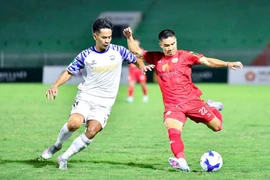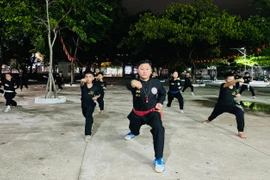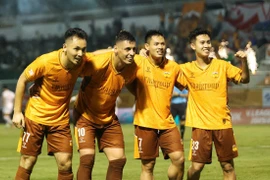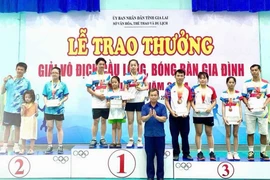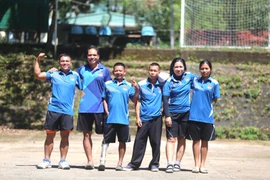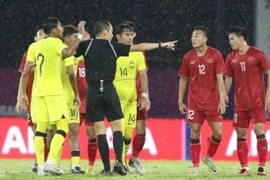Officials say more than half of ethnic minority residents in Đak Đoa Commune now participate in regular physical training, with around 40% of households engaged in sports activities.
The commune, home to over 14,000 people from Bahnar and Jrai groups, has built 20 sports fields, 40 volleyball courts, and 12 private facilities for football, tennis, badminton, and pickleball.
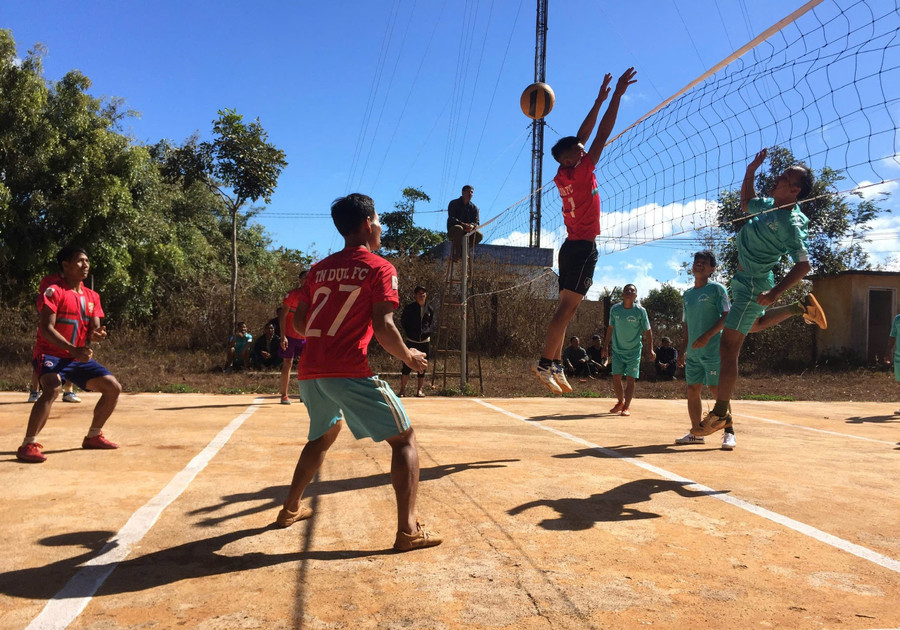
Chư Pưh Commune has also expanded access to sports in disadvantaged areas, establishing six football fields, 30 volleyball courts, a swimming pool, and three children’s playgrounds.
Authorities highlight that mass participation in sports is fostering better health, stronger community ties, and greater solidarity.
In Ia Băng Commune, local tournaments are held regularly, with village teams competing at district-level events.
At the 2025 Đak Đoa Traditional Football Tournament, Biă Tih village secured third place.
The commune also hosted its own 12-team Biă Tih Village Football Tournament this year, drawing strong participation and lively community support.
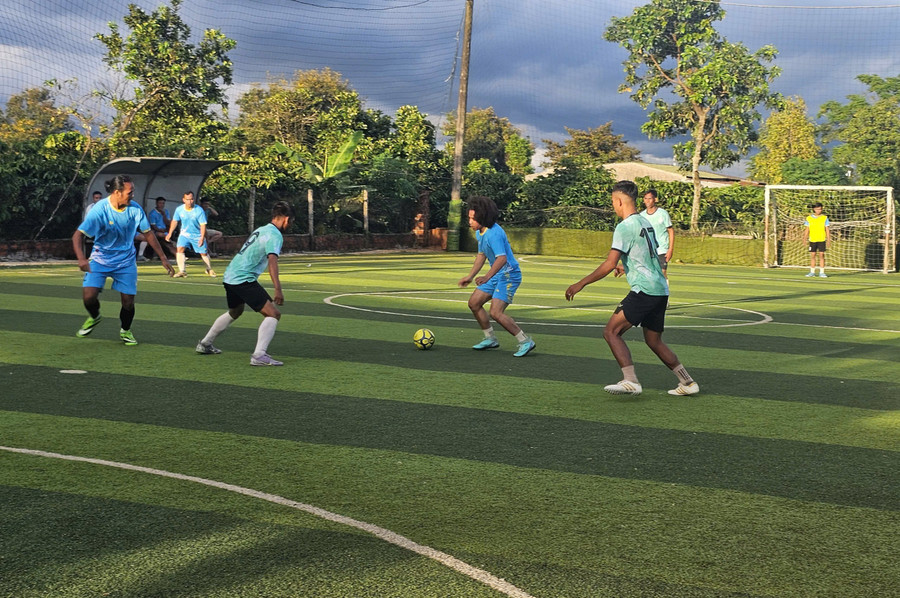
“Investing in grassroots sports facilities and organizing competitions has helped spread the campaign ‘All people exercise following the example of Great Uncle Ho’ across ethnic minority areas,” said Nguyễn Văn Ý, Deputy Director of the Gia Lai Department of Culture, Sports and Tourism.
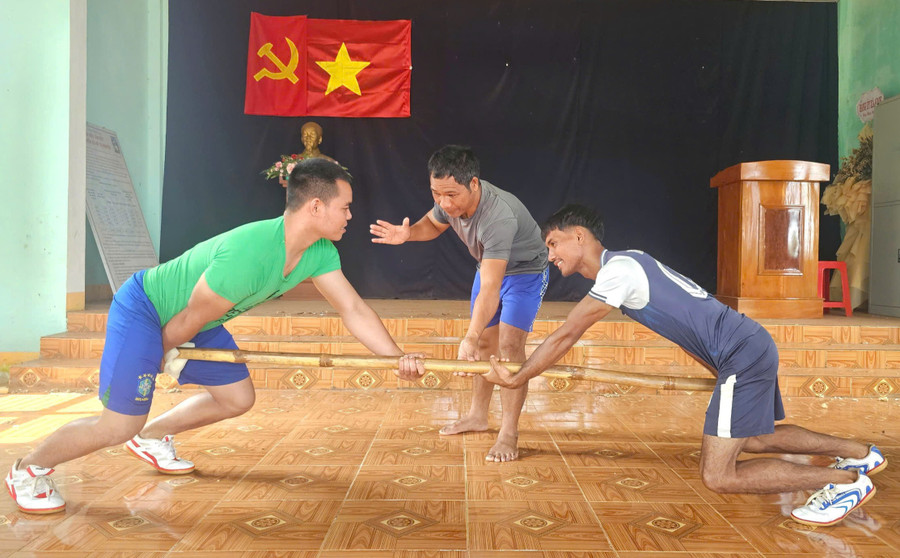
Beyond modern sports, communes are also promoting traditional activities such as stick pushing and crossbow shooting.
These games feature prominently in the annual Gia Lai ethnic minority sportsfestival, where local athletes, including two-time gold medalist Blưng from Adơk Kông village, have excelled.
For many residents, sports are not just about fitness but also a way to preserve traditions and strengthen unity.
“Every afternoon, our village field is full of people practicing. During tournaments, the atmosphere is electric,” said Yut from Biă Tih village.

